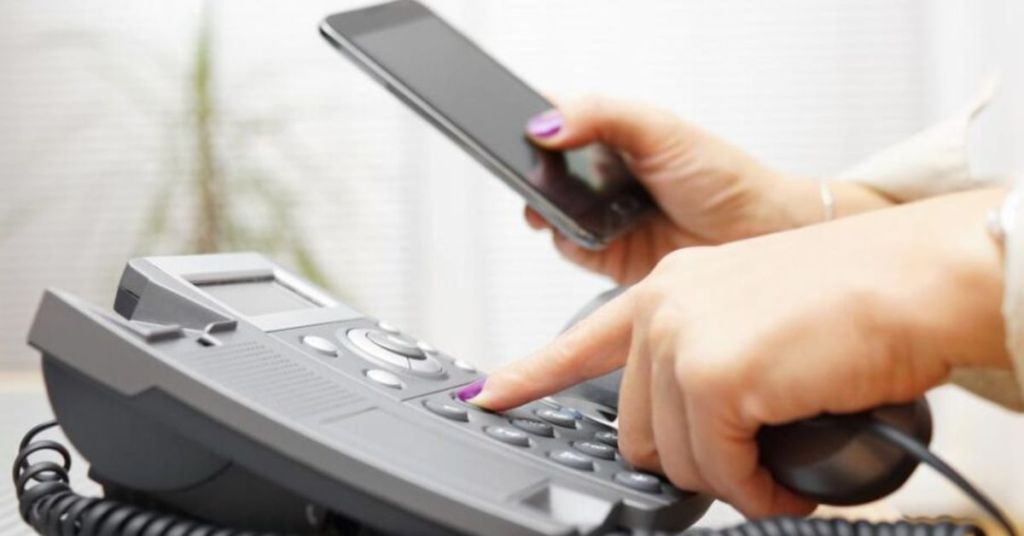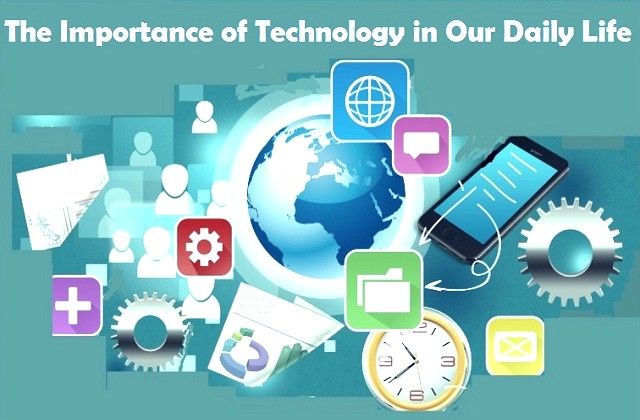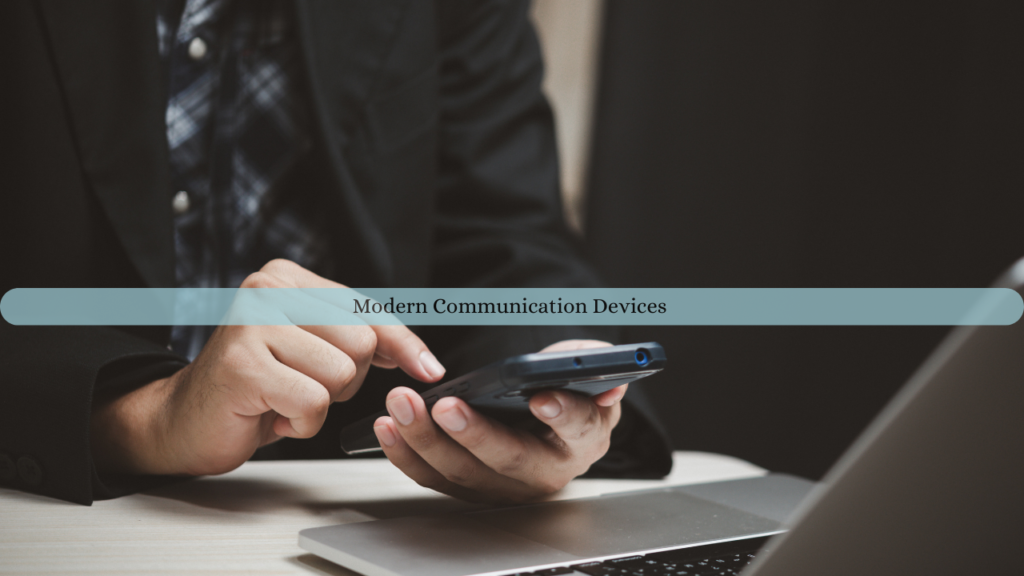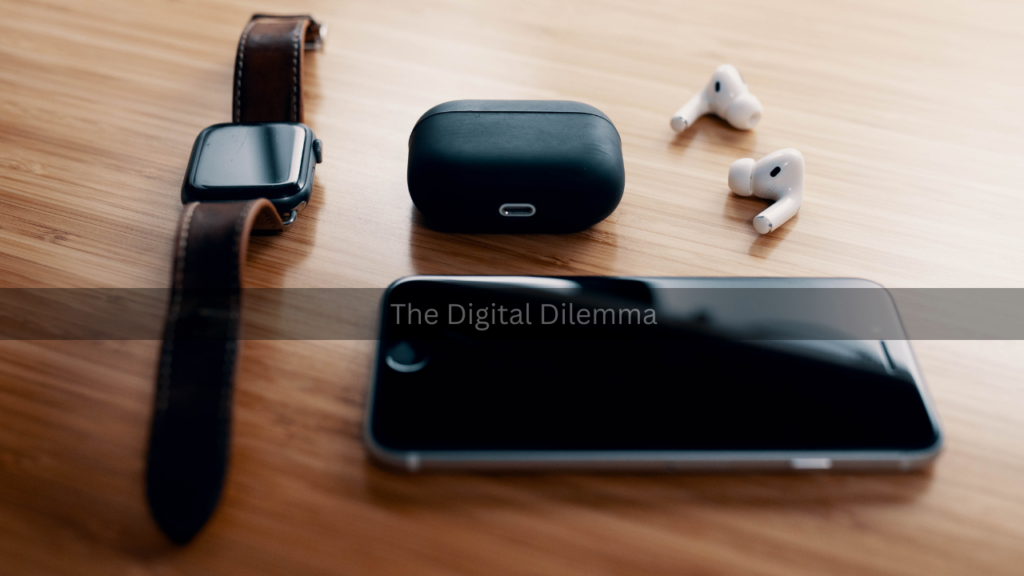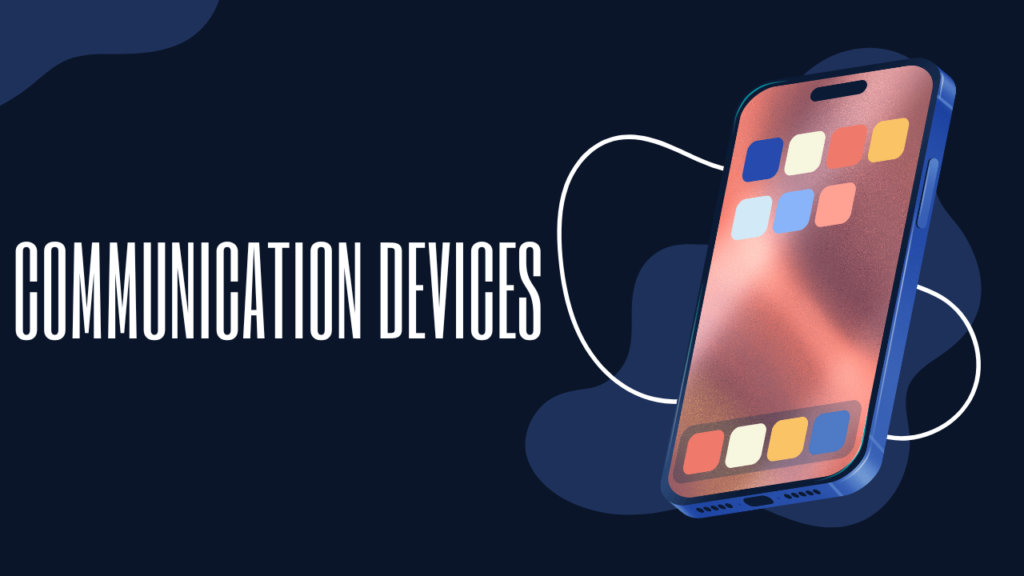Always Online: How Technology’s Evolution is Reshaping Human Interaction and Dependency
Standard post by Temp35 on April 15, 2025
No comments yet
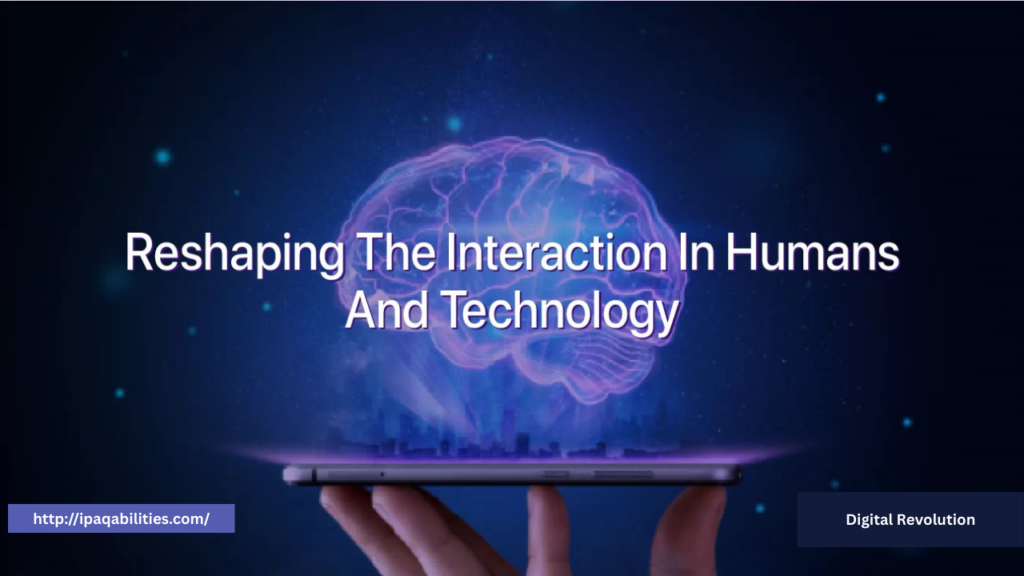
The digital revolution has redefined the way people communicate, work, and interact with the world around them. As technology evolves, the line between online and offline life grows increasingly blurred. Smartphones, social media, and high-speed internet have created a culture of constant connectivity. While this evolution offers unprecedented convenience and access to information, it is also transforming human behavior, fostering new forms of dependency, and reshaping how individuals engage with one another.
The Shift in Human Interaction
Traditional forms of communication have been largely replaced by digital alternatives. Face-to-face conversations, handwritten letters, and even phone calls are often substituted with text messages, emojis, and social media interactions. This shift has changed not only the method but also the depth of communication. While digital tools make it easier to stay in touch, they can also encourage superficial interactions that lack emotional nuance.
The rise of virtual communication has altered social dynamics. Many people now prefer the immediacy and convenience of online interactions over in-person meetings. This trend is especially noticeable among younger generations who have grown up with technology as a central part of their lives. As a result, the development of social skills, empathy, and meaningful relationships may be hindered by overreliance on digital communication.
The New Dependency
Being constantly online has created a new form of dependency. The urge to check notifications, respond to messages, and stay updated on social media feeds can feel compulsive. Terms like “FOMO” (fear of missing out) and “nomophobia” (fear of being without a mobile device) have emerged to describe the psychological impact of this dependence. Many individuals find it difficult to disconnect, even when doing so could improve their mental health and overall well-being.
This digital dependency also extends to professional life. Remote work, digital collaboration tools, and 24/7 email access mean that many employees are never truly off the clock. The expectation to be available at all times contributes to burnout and blurs the boundaries between work and personal life. As digital tools become more integrated into everyday routines, the ability to step away becomes increasingly challenging.
Impact on Mental Health and Relationships
Studies have shown that excessive screen time and digital engagement can lead to issues such as anxiety, depression, and sleep disturbances. Social media platforms, in particular, can contribute to feelings of inadequacy and loneliness, as users compare their lives to carefully curated online personas. At the same time, relationships may suffer when individuals prioritize screen interactions over face-to-face connections.
Reclaiming Control
To counteract the negative effects of being “always online,” individuals must practice digital mindfulness. Setting boundaries, scheduling screen-free time, and engaging in offline activities can help restore balance. Encouraging meaningful in-person interactions and promoting tech-free spaces within homes and workplaces can also foster healthier relationships and communication habits.
As technology continues to evolve, society must adapt thoughtfully. Embracing the benefits of digital advancement while acknowledging its impact on human interaction is essential. By fostering a culture of intentional use, people can harness the power of technology without allowing it to dominate their lives.




